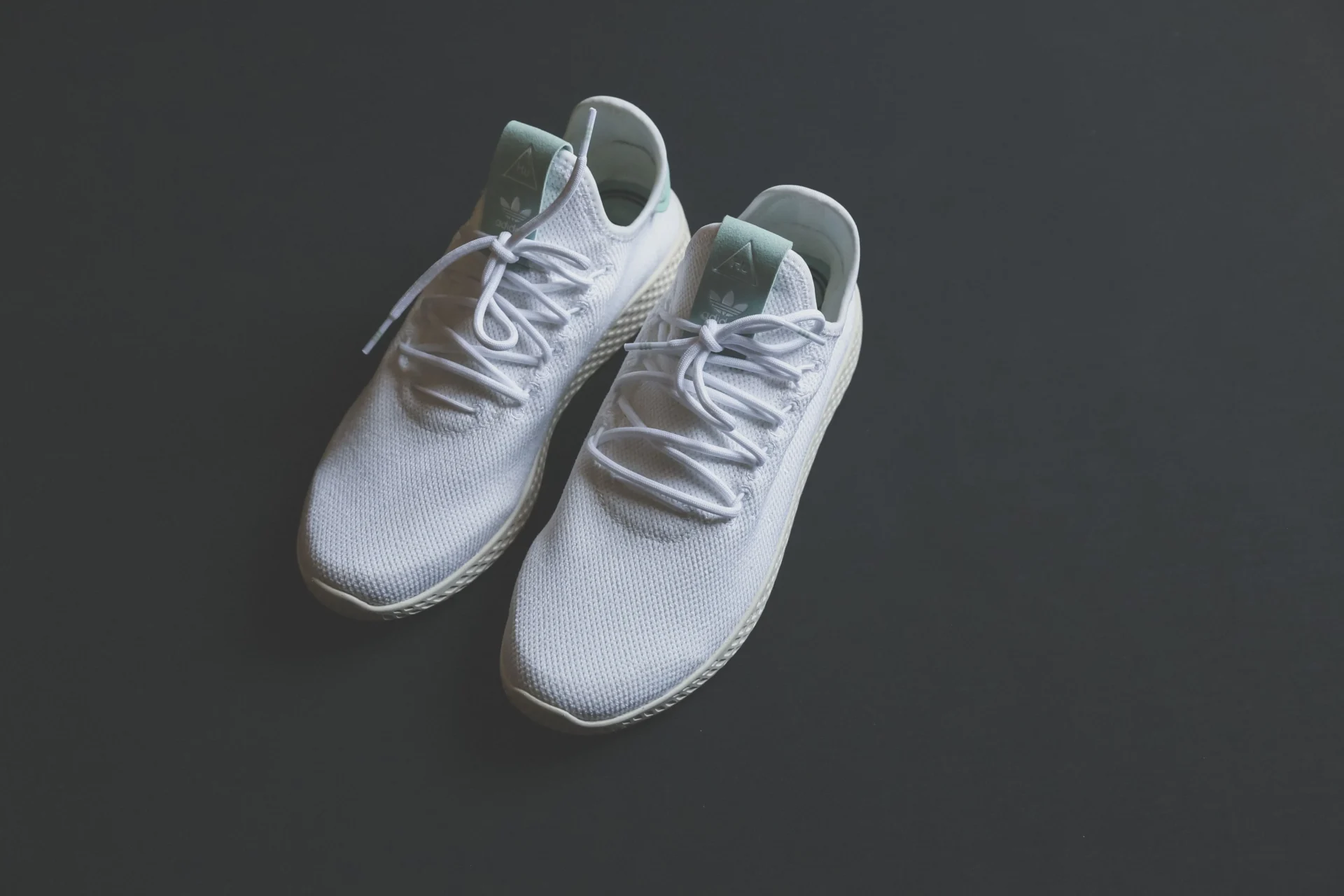The Runner’s Guide to Choosing the Right Shoes
Your running shoes are your most important piece of equipment – the right pair prevents injuries while the wrong pair can cause them. This comprehensive guide helps you find your ideal match based on biomechanics and running needs.
Foot Type Considerations
- Flat Feet: Look for motion control shoes with firm arch support and structured cushioning
- High Arches: Prioritize neutral cushioned shoes with ample shock absorption
- Normal Arches: Balanced shoes with moderate support and cushioning work best
Gait-Specific Recommendations
- Overpronators: Stability shoes with medial post technology to control inward roll
- Supinators: Flexible, cushioned shoes with wider base for outward roll support
- Neutral Runners: Cushioned shoes with moderate arch support
Surface-Specific Selection
- Road Running: Lightweight with good cushioning and durability
- Trail Running: Aggressive tread pattern with rock protection
- Track Running: Lightweight racing flats or spikes
Professional Fitting Tips
- Get measured at the end of the day when feet are largest
- Allow thumb’s width (about ½ inch) at the toe
- Test shoes with running socks you’ll actually wear
- Try on multiple brands – sizing varies significantly
Shoe Replacement Guidelines
- Replace every 300-500 miles (or every 6 months for regular runners)
- Watch for worn tread patterns or compressed cushioning
- Note any new aches/pains that may indicate worn-out shoes
Pro Tip: Visit a specialty running store for gait analysis – many offer free video assessments to determine your foot strike pattern.
Source: active.com | #RunningShoes #InjuryPrevention #RunComfortably
Number of Views: 1



